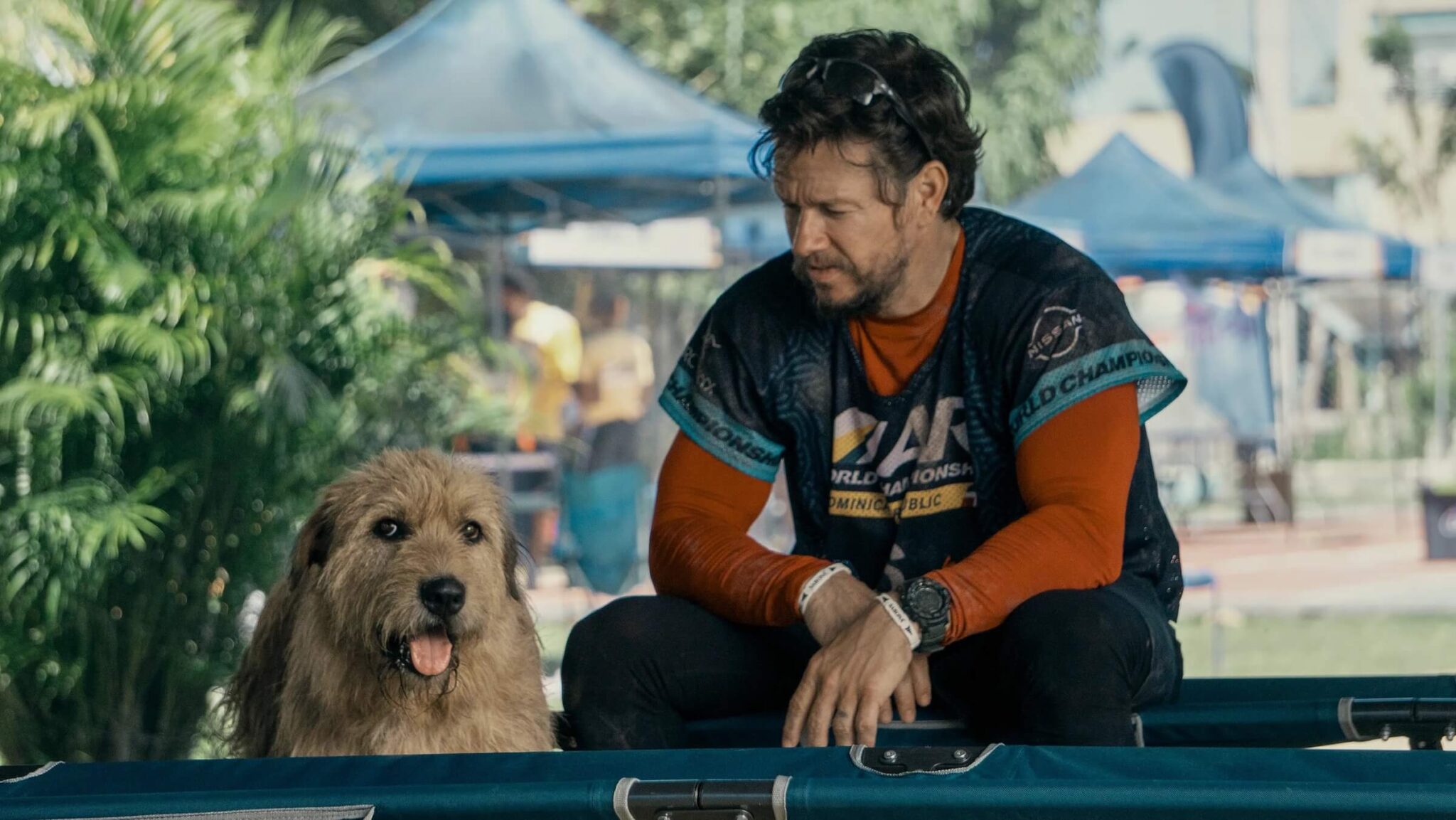Where the Script Could Have Gone Wrong: E.T. the Extra-Terrestrial

What if we took a look at a successful script and imagined how a lesser screenwriter would have handled some of those iconic cinematic moments? What screenwriting lessons would that hypothetical approach teach?
In this inaugural installment of ScreenCraft's Where the Script Could Have Gone Wrong series, we turn to one of the most iconic movies ever made — E.T. the Extra-Terrestrial. We'll look at key moments in the screenplay and eventual film and imagine that the script was either written by a novice screenwriter or we'll ask ourselves the hypothetical question of "What if screenwriter Melissa Matheson had made some of the most common novice screenwriter mistakes?"
By imagining such a scenario — with this or any successful screenplay — screenwriters can look at screenwriting examples from a much more different analytical perspective. Not by examing what they did right or what they did wrong, but what could have gone wrong had they made some of the most common mistakes that many screenplays are plagued with.
The Genesis of E.T.
The concept was inspired by an imaginary friend Director Steven Spielberg had created after the 1960 divorce of his parents. He said that the imaginary alien was "a friend who could be the brother [he] never had and a father that [he] didn't feel [he] had anymore."
He planned on shooting a small personal film on the subject of divorce called Growing Up in 1978. When production was delayed on his film 1941, Growing Up was pushed aside. He later began to develop a follow-up to his critically acclaimed box office hit Close Encounters of the Third Kind. The film would be called Night Skies and tell the story of aliens that terrorize a family.
While filming Raiders of the Lost Ark, his mind began to wander back to the concept. He told screenwriter Melissa Matheson, who was dating Harrison Ford at the time, about the project and they began to develop a subplot from the story, in which Buddy, the only friendly alien, befriends an autistic child. The last scene was that alien's abandonment on Earth. That moment would be the genesis of the concept that audiences now know and love.
Matheson wrote the first draft titled E.T. and Me in eight weeks. The script then went through two more drafts, deleting an Eddie Haskell-like friend of Elliott. The chase sequence was developed, as well as the scene where E.T. gets drunk.
The script was written for Columbia Pictures but was put into turnaround because the studio heads thought it was too Disney-like and wouldn't be commercially viable.
Steven Spielberg approached President of MCA (then-parent company of Universal Studios) Sid Sheinberg, asking him to acquire the E.T. script from Columbia Pictures. Sheinberg wisely agreed and bought it back for $1 million, striking a deal in which Columbia would retain 5% of the film's net profits.
The rest is cinematic history.
"What If... The Script Focused More on the Mysterious 'Keys' Character?"
Peter Coyote's character was referred to as "Keys" in the original script. This was due to the fact that we never saw the E.T. pursuer's face. The camera always focused on the keys attached to his pants as he surveyed the scene of the forest that E.T. and his extra-terrestrial friends explored.
Keys and his government cohorts are utilized as the story's antagonists — always hot on the trail of Elliott's alien friend. We later learn that they aren't an embodiment of evil government agents. They actually want to learn from E.T. But because they are up against Elliott's plan to keep E.T. safe from harm — and later to get him back home — they are antagonists through a majority of the film.
https://youtu.be/Q8uJV3FJ6V0?t=303
We've seen this type of antagonist before.
In the film The Fugitive, U.S. Marshall Gerard (Tommy Lee Jones) is in hot pursuit of Richard Kimble (Harrison Ford). The story bounces back and forth between Gerard's pursuit of Kimble and Kimble's investigation into his wife's death with the hopes of proving his innocence. The characters are given near-equal screen time.
What if the same treatment had been given to Keys in E.T.?
While that approach was appropriate for The Fugitive, it would have been a drastic mistake in the context of E.T.
The whole story of centers on the relationship between Elliott and his new friend. Elliott is dealing with the divorce of his parents. He's struggling to find his place in this new situation. And then comes E.T.
Had the script attempted to push more thriller plot points into the mix with a secondary narrative focus centered on Keys, the intimacy of the relationship between Elliott and E.T. would have been drastically affected. The central story and characterizations would be shifted from that cathartic relationship to more of an on-the-run chase thriller piece.
While this wouldn't necessarily be a rookie move from a screenwriter's perspective, there is the truth that many novice screenwriters don't know or understand what the true story is that they are trying to tell.
Over-plotting the story is a common issue with screenplays. When you spread the screen time between multiple characters and their own perspectives, something is lost every time.
Lesson Learned?
You always need to explore every possible angle of your concept before you start writing it. You need to ask yourself what character arc you want to focus on and, in turn, which character offers the most emotional, dramatic, and cathartic narrative.
"What If... The Writer Delivered Elliott's Plan of Rescue and Escape Through Exposition?"
In the movie, after Elliott has discovered that E.T. is alive, he and his brother try to break him out amidst the close grasp of the government agents and police in and around their house.
We cut from a visual of Elliott telling his brother Greg that E.T. is alive to their little sister Gertie walking into a room full of government agent activity, holding the now-alive flowers and a note. Her mother is talking with Keys about how long they are going to be detained.
Gertie interrupts them, asking, "Are they gone, Mama?"
This leads to confused looks from Keys and the mother as Gertie reveals that she was told to give their mother a note when they boys were gone.
We then go directly to the thrilling escape sequence.
But, what if the screenwriter had made the common mistake of telling us, rather than showing us.
We've seen it many times before. Characters are making a plan to escape or pursue something, which leads to at least a few pages of expositional dialogue explaining how they are going to go about doing that.
Read ScreenCraft's Three Easy Ways to Write GOOD Exposition in Your Scripts!
In a lesser script, there would have been an additional scene after Elliott told Greg that E.T. was alive. They would likely have hidden in the closet as Elliott explained his plan. Greg would have surely asked many questions about how they were going to pull this off, leading to more dialogue from Elliott explaining the obstacles and how they would overcome them.
Yawn.
Thankfully, Spielberg and Matheson decided to show, rather than tell.
The Gertie moment offers us some mystery and intrigue. We don't know what's going on. We don't know where Elliott, Greg, and E.T. are. We don't know what the note says. We don't know what Gertie means when she asks if the boys are gone yet.
And even when the escape sequence begins, with Elliott running down the plastic tunnel towards the van that holds E.T.'s body, we have no clue what their plan is and what's going to happen.
This throws us into an amazing chase sequence.
Had the script described all of these events and obstacles, the thrill factor would have been cut in half because there would have been no twists or surprises, no matter how subtle they would be.
Lesson Learned?
Always choose to show rather than tell. When you catch yourself writing dialogue scenes where a character is explaining past, present, or future actions, stop and try to find a way to unveil these elements organically.
Cinema is a visual medium. Show us.
"What If... E.T.'s Powers Were Kept as a Surprise for the Climax?"
Throughout the movie, E.T. displays his ability to move objects with his mind. We see this first when he's in Elliott's room with the kids, trying to communicate where he is from. He uses his telekinetic powers to manipulate objects, revealing that he's from another part of their solar system. We see him use this power again as he lifts himself and Elliott, both riding on a bike, off of the ground and into the night sky. He also uses the power to put his intergalactic phone together as well.
Later on, when Elliott, Greg, and Greg's friend are escaping with E.T. on their bikes, they face a barrier of police cars, police officers, and government agents. At the last second, E.T. uses his powers to lift all of them to safety within the nearby forest.
A lesser writer may have made the common screenwriting mistake of not setting up the rules of the story and concept early on, as far as what the world and the characters are and are NOT capable of, and not offering some key methods of plant and payoff that screenwriters need to master.
Read ScreenCraft's Best “Plant and Payoff” Scenes Screenwriters Can Learn From!
When you're writing a genre script, we need to know the possibilities and boundaries of the premise and any powers or capabilities within. Had the writer withheld that information of E.T.'s powers and suddenly had him unleash this otherwise unknown ability at the last second when the characters were in peril, without any form of foreshadowing or set-up, the reader and eventual audience would have been left scratching their heads wondering, "Where the heck did that come from?" The plausibility factor of your script would have been challenged.
A moment like that with no set-up or explanation would have been a cheat. And audiences don't like to be cheated.
Within the movie, E.T. and his abilities were properly foreshadowed, planted, and later paid off. While we had never seen him use those powers to make multiple characters fly into the air, his moment with Elliott planted that question of what the bound of his capabilities were.
Lesson Learned?
Plants and payoffs are so important. You need to pepper your script with them. And beyond that, you need to set up the rules of your concept and world. The audience needs to know at least some of the perimeters. And those plants, payoffs, and reveals are the best ways to accomplish that.
"What If... the Ending Was Written as More Upbeat and Happy?"
In the film, E.T. escapes, thanks in due part to Elliott, his brother, and their friends. We've also now learned that Keys isn't the "evil" government force that we thought he may be. He doesn't want to hurt E.T. at all.
When they arrive in the forest and the spaceship arrives, Elliott doesn't want E.T. to go. And E.T. wants Elliott to go with him. They clearly have a close connection.
But in the end, E.T. chooses to go home. But not before expressing to Elliott that he'll always be with him — likely implying that their special connection can span the light years between Earth and wherever E.T. is going.
It's a sad and heartbreaking moment because we, the audience, have grown to love E.T. We don't want to see him go either.
But what if the script had made the mistake of offering the more upbeat ending of E.T. somehow choosing to stay with Elliott?
Choosing the more upbeat and happy ending is often a common mistake — both by novice screenwriters and by executives giving notes. There is a frequent misconception in movies that audiences want to leave the theater happy, knowing that their characters have been left in a good place by the end of the story and that everything is all right.
Nothing could be further from the truth. Audiences want a cathartic experience. They want to be moved. They want their emotions to be f***ed with, for lack of a better phrase.
**Spoiler Alert Below***
In Shane, the title character leaves the family he helped as the young son yells his name in tears, hoping he'll come back.
In Forrest Gump, Forrest loses the love of his life and is clearly mourning her death, despite the fact that he's been blessed with his son.
In La La Land, the two lovers and dreamers don't even end up together.
But those endings left audiences feeling a deep catharsis. That is what screenwriters need to strive for.
And in the case of E.T., having E.T. leave was the ultimate way to create a lasting cathartic response from the audience. Sure, it would have been cute to end the film with the family back in their every day lives with E.T. watching cartoons while they were at school and work — many scripts in the market choose to go that route — but the final ending of the iconic film touched the heart of millions because it pulled at our heartstrings.
Lesson Learned?
Always strive to create a cathartic response in the eyes of the reader or audience. You have to be willing to end on a conflicting note. You have to be willing to let go of your characters, either by killing them off for emotional effect or sending them off into the sunset as their loved ones wave goodbye in tears.
Before you start writing, explore your concept and all of the avenues you could take with it — and then choose wisely, as far as what characters you focus on and what story you want to tell.
Always choose to show, rather than tell. Remember that you're writing a cinematic feature. And cinema is a visual medium.
Do your best to pepper your script with plants and payoffs, and use them to dictate the rules of your concept, story, and the worlds and characters you create.
And finally, always strive to conjure those cathartic moments within your script, even if it means sacrificing characters and the relationships they've built within your story.
Ken Miyamoto has worked in the film industry for nearly two decades, most notably as a studio liaison for Sony Studios and then as a script reader and story analyst for Sony Pictures.
He has many studio meetings under his belt as a produced screenwriter, meeting with the likes of Sony, Dreamworks, Universal, Disney, Warner Brothers, as well as many production and management companies. He has had a previous development deal with Lionsgate, as well as multiple writing assignments, including the produced miniseries Blackout, starring Anne Heche, Sean Patrick Flanery, Billy Zane, James Brolin, Haylie Duff, Brian Bloom, Eric La Salle, and Bruce Boxleitner. Follow Ken on Twitter @KenMovies
For all the latest ScreenCraft news and updates, follow us on Twitter, Facebook, and Instagram.
Tags
Get Our Screenwriting Newsletter!
Get weekly writing inspiration delivered to your inbox - including industry news, popular articles, and more!



























